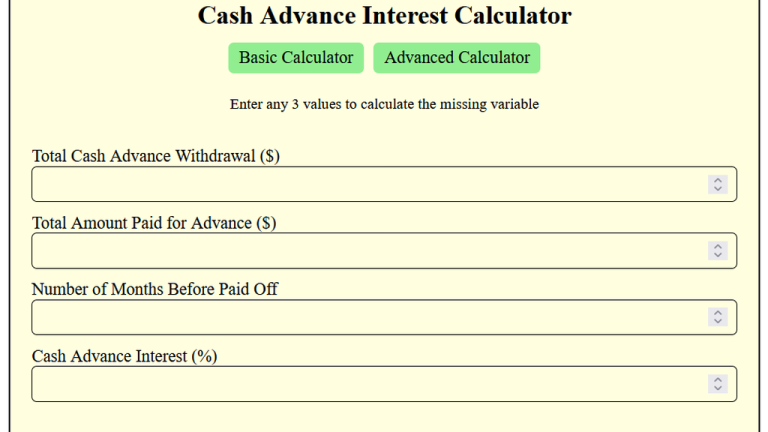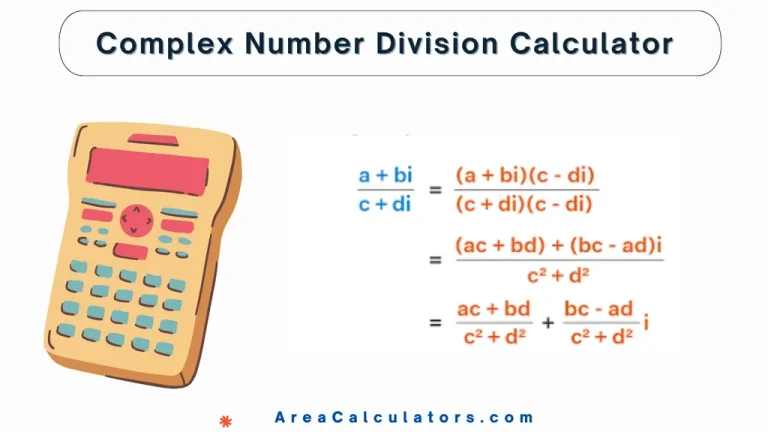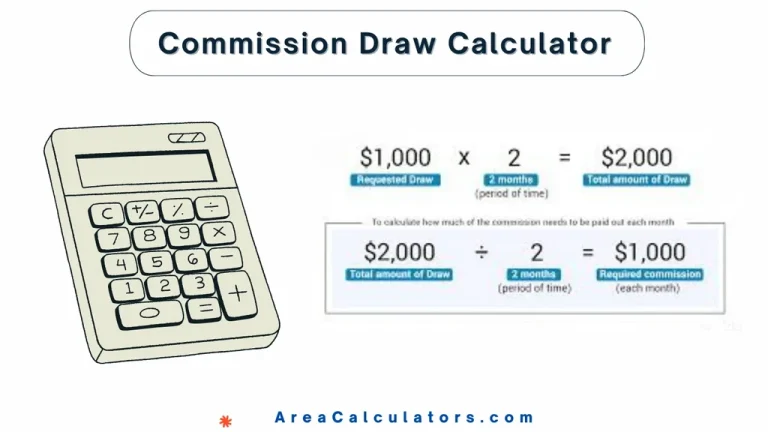Bayes Factor Calculator
Enter the values as required to calculate the factor!
The Bayes Factor Calculator simplifies hypothesis comparison by calculating the ratio of likelihoods between two models. With features like the Bayes factor formula, it helps interpret data evidence, offering a clear alternative to traditional P-value methods. It’s useful in various fields, from genetics to Bayesian hypothesis testing.

Formula:
To calculate the Bayes Factor, divide the probability of the data if the alternative hypothesis (H₁) is true by the probability of the data if the null hypothesis (H₀) is true. If the result is more than 1, the data supports the alternative hypothesis; if less than 1, it supports the null hypothesis.
| Variable | Meaning |
|---|---|
| BF | Bayes Factor |
| **P(Data | H₁)** |
| **P(Data | H₀)** |
Solved Calculations :
Example 1:
Given Values:
- P(Data | H₁) = 0.75
- P(Data | H₀) = 0.25
| Calculation | Instructions |
|---|---|
| BF = 0.75 / 0.25 | Divide the probability of the data given H₁ by H₀. |
| BF = 3 | The result gives the Bayes Factor. |
Answer: BF = 3
Example 2:
Given Values:
- P(Data | H₁) = 0.40
- P(Data | H₀) = 0.60
| Calculation | Instructions |
|---|---|
| BF = 0.40 / 0.60 | Divide the probability of the data given H₁ by H₀. |
| BF = 0.67 | The result gives the Bayes Factor. |
Answer: BF = 0.67
What is Bayes Factor Calculator ?
The Bayes Factor Calculator helps in evaluating the strength of evidence in favor of one hypothesis over another by comparing their likelihoods. The Bayes factor is calculated by taking the ratio of the probability of the data under one hypothesis to the probability under an alternative hypothesis.
A Bayes factor of 1 means there is no preference for either hypothesis, while a Bayes factor of 5 indicates that the data are five times more likely under one hypothesis than the other. Bayes factor 10 signifies strong evidence in favor of one model.
The Bayes formula is primarily used in Bayesian statistics to update the probability of a hypothesis as more evidence or data becomes available. This is different from the P-value, which only tests the probability of observing the data given that the null hypothesis is true.
The Bayes factor, therefore, offers a more nuanced interpretation, reflecting the effect size rather than just the probability. For example, a Bayesian p-value provides a probability distribution to give richer insights into hypothesis testing.
Using the Bayes Factor Calculator, you can easily calculate the Bayes factor and interpret results for various statistical models and hypotheses, offering advantages in scenarios like genetics and Bayesian hypothesis testing.




